Preface
Conventions Used in This Book
Using Code Examples
O’Reilly Safari
How to Contact Us
Acknowledments
1. Introduction
The Supervised Learning Paradigm
Observation and Target Encoding
One-Hot Representation
TF Representation
TF-IDF Representation
Target Encoding
Computational Graphs
PyTorch Basics
Installing PyTorch
Creating Tensors
Tensor Types and Size
Tensor Operations
Indexing, Slicing, and Joining
Tensors and Computational Graphs
CUDA Tensors
Exercises
Solutions
Summary
References
2. A Quick Tour of Traditional NLP
Corpora, Tokens, and Types
Unigrams, Bigrams, Trigrams, …, N-grams
Lemmas and Stems
Categorizing Sentences and Documents
Categorizing Words: POS Tagging
Categorizing Spans: Chunking and Named Entity Recognition
Structure of Sentences
Word Senses and Semantics
Summary
References
3. Foundational Components of Neural Networks
The Perceptron: The Simplest Neural Network
Activation Functions
Sigmoid
Tanh
ReLU
Softmax
Loss Functions
Mean Squared Error Loss
Categorical Cross-Entropy Loss
Binary Cross-Entropy Loss
Diving Deep into Supervised Training
Constructing Toy Data
Putting It Together: Gradient-Based Supervised Learning
Auxiliary Training Concepts
Correctly Measuring Model Performance: Evaluation Metrics
Correctly Measuring Model Performance: Splitting the Dataset
Knowing When to Stop Training
Finding the Right Hyperparameters
Regularization
Example: Classifying Sentiment of Restaurant Reviews
The Yelp Review Dataset
Understanding PyTorch’s Dataset Representation
The Vocabulary, the Vectorizer, and the DataLoader
A Perceptron Classifier
The Training Routine
Evaluation, Inference, and Inspection
Summary
References
4. Feed-Forward Networks for Natural Language Processing
The Multilayer Perceptron
A Simple Example: XOR
Implementing MLPs in PyTorch
Example: Surname Classification with an MLP
The Surnames Dataset
Vocabulary, Vectorizer, and DataLoader
The SurnameClassifier Model
The Training Routine
Model Evaluation and Prediction
Regularizing MLPs: Weight Regularization and Structural Regularization (or Dropout)
Convolutional Neural Networks
CNN Hyperparameters
Implementing CNNs in PyTorch
Example: Classifying Surnames by Using a CNN
The SurnameDataset Class
Vocabulary, Vectorizer, and DataLoader
Reimplementing the SurnameClassifier with Convolutional Networks
The Training Routine
Model Evaluation and Prediction
Miscellaneous Topics in CNNs
Pooling
Batch Normalization (BatchNorm)
Network-in-Network Connections (1x1 Convolutions)
Residual Connections/Residual Block
Summary
References
5. Embedding Words and Types
Why Learn Embeddings?
Efficiency of Embeddings
Approaches to Learning Word Embeddings
The Practical Use of Pretrained Word Embeddings
Example: Learning the Continuous Bag of Words Embeddings
The Frankenstein Dataset
Vocabulary, Vectorizer, and DataLoader
The CBOWClassifier Model
The Training Routine
Model Evaluation and Prediction
Example: Transfer Learning Using Pretrained Embeddings for Document Classification
The AG News Dataset
Vocabulary, Vectorizer, and DataLoader
The NewsClassifier Model
The Training Routine
Model Evaluation and Prediction
Evaluating on the test dataset
Summary
References
6. Sequence Modeling for Natural Language Processing
Introduction to Recurrent Neural Networks
Implementing an Elman RNN
Example: Classifying Surname Nationality Using a Character RNN
The SurnameDataset Class
The Vectorization Data Structures
The SurnameClassifier Model
The Training Routine and Results
Summary
References
7. Intermediate Sequence Modeling for Natural Language Processing
The Problem with Vanilla RNNs (or Elman RNNs)
Gating as a Solution to a Vanilla RNN’s Challenges
Example: A Character RNN for Generating Surnames
The SurnameDataset Class
The Vectorization Data Structures
From the ElmanRNN to the GRU
Model 1: The Unconditioned SurnameGenerationModel
Model 2: The Conditioned SurnameGenerationModel
The Training Routine and Results
Tips and Tricks for Training Sequence Models
References
8. Advanced Sequence Modeling for Natural Language Processing
Sequence-to-Sequence Models, Encoder–Decoder Models, and Conditioned Generation
Capturing More from a Sequence: Bidirectional Recurrent Models
Capturing More from a Sequence: Attention
Attention in Deep Neural Networks
Evaluating Sequence Generation Models
Example: Neural Machine Translation
The Machine Translation Dataset
A Vectorization Pipeline for NMT
Encoding and Decoding in the NMT Model
The Training Routine and Results
Summary
References
9. Classics, Frontiers, and Next Steps
What Have We Learned so Far?
Timeless Topics in NLP
Dialogue and Interactive Systems
Discourse
Information Extraction and Text Mining
Document Analysis and Retrieval
Frontiers in NLP
Design Patterns for Production NLP Systems
Where Next?
References
Index
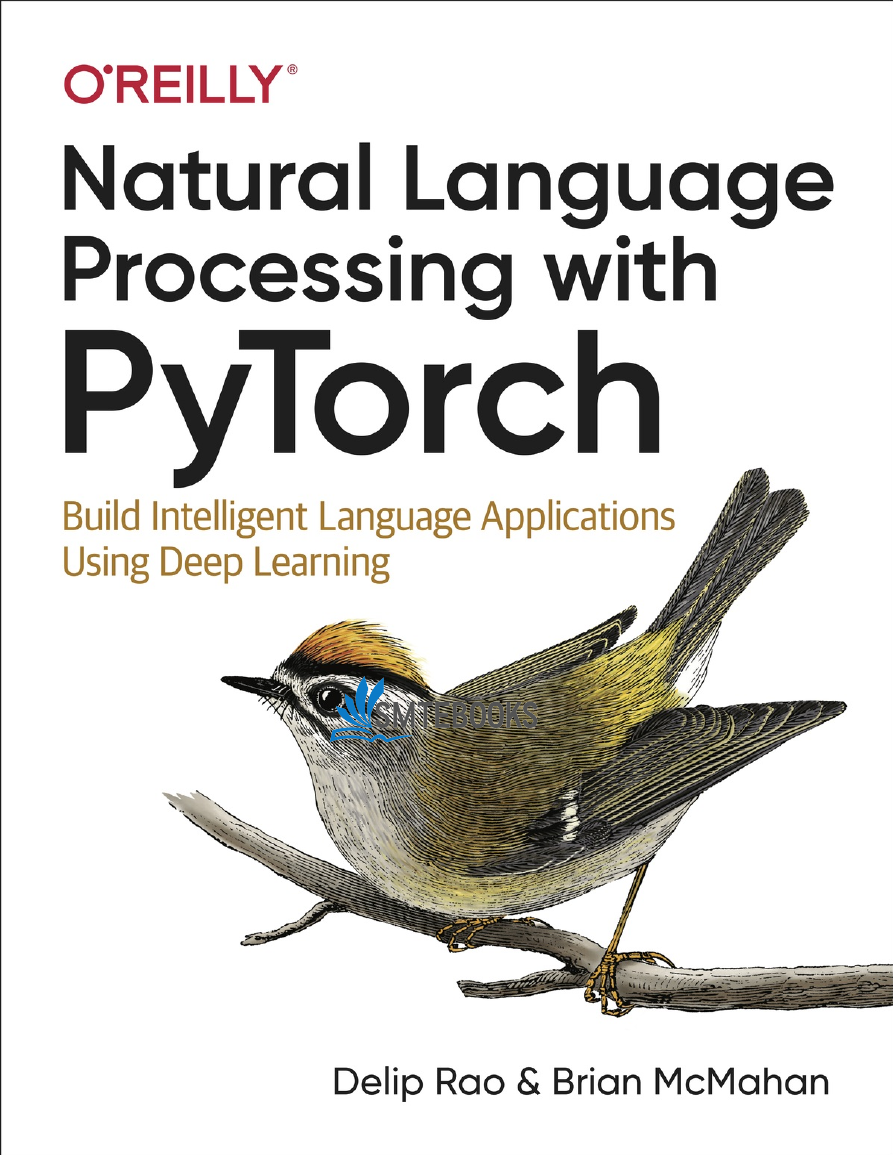
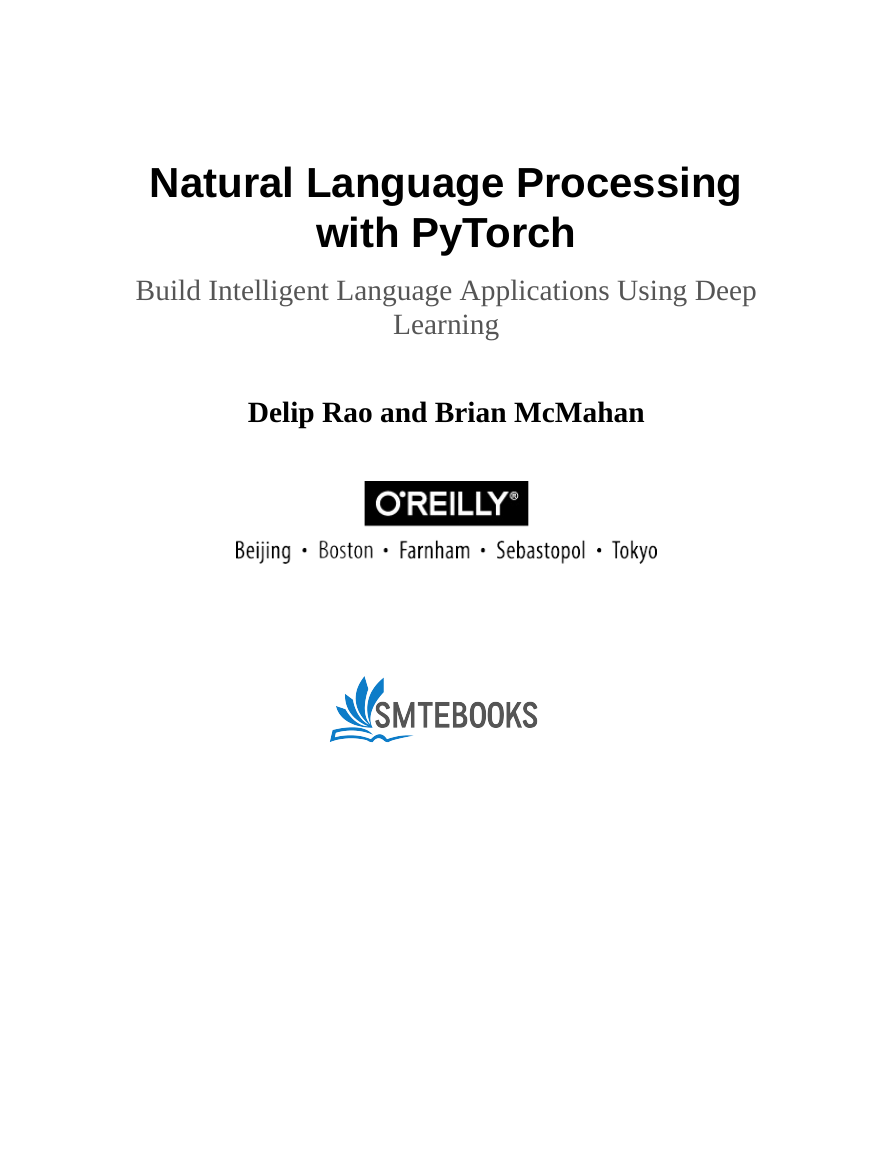
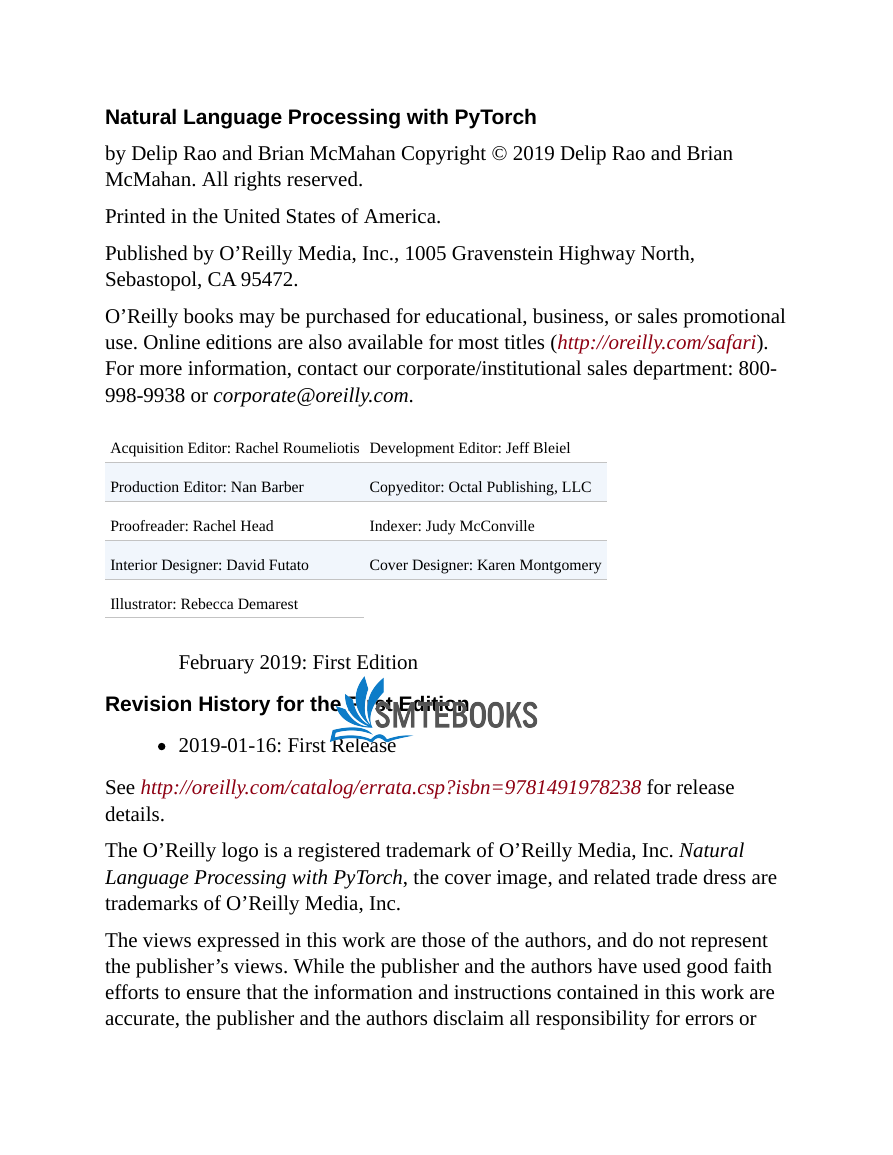
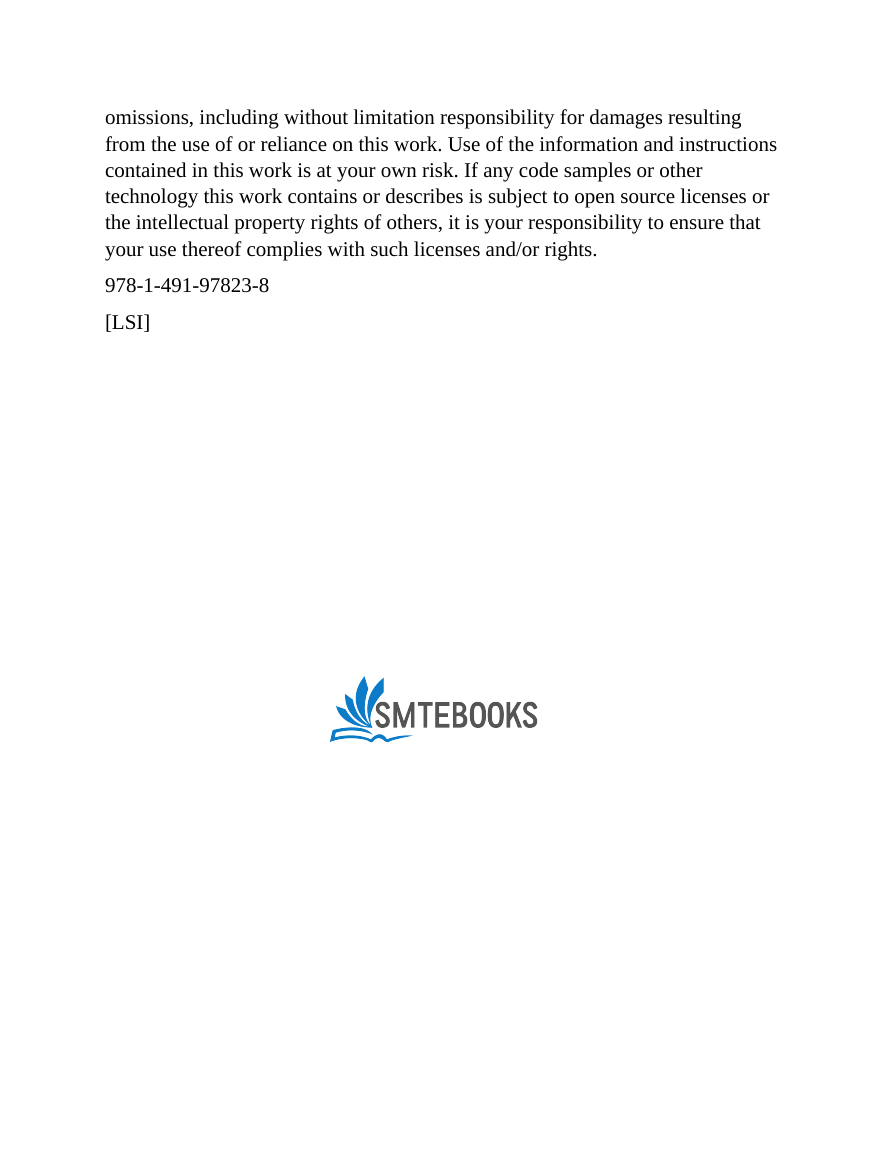
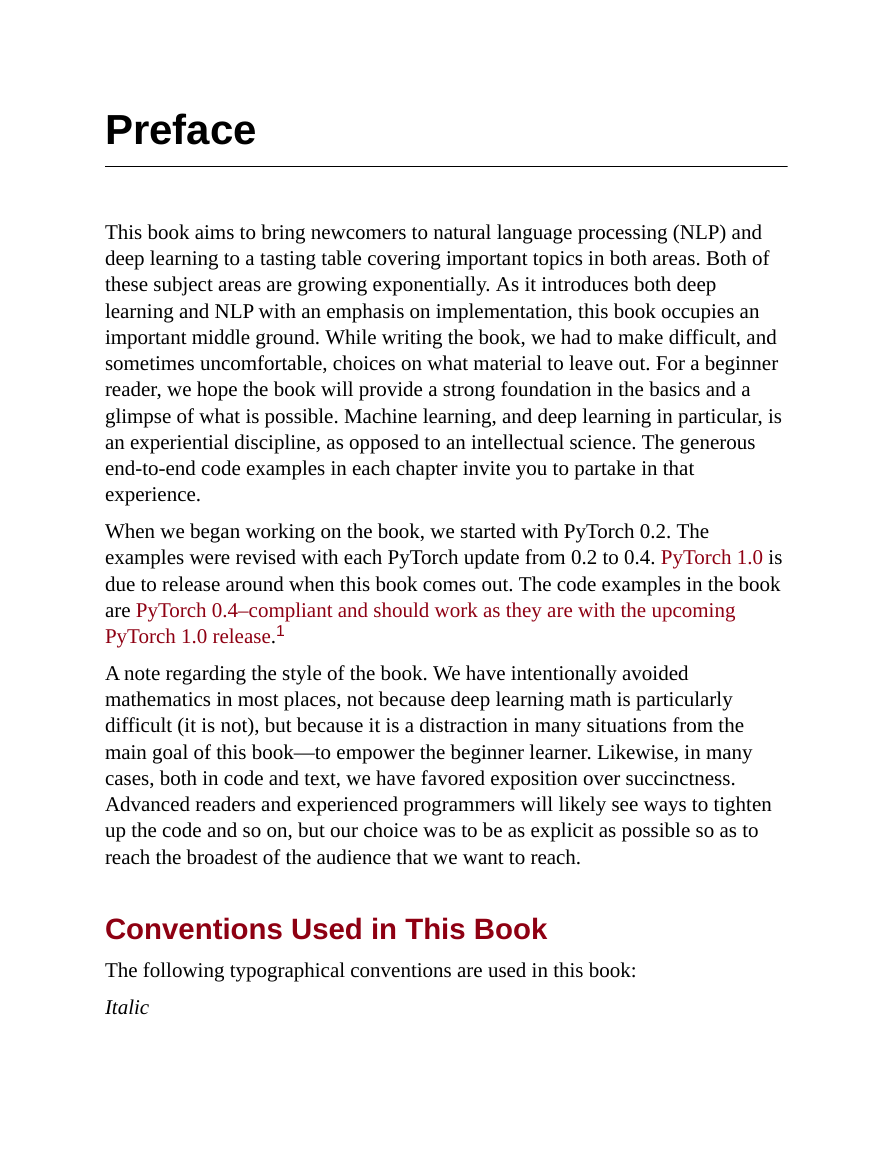
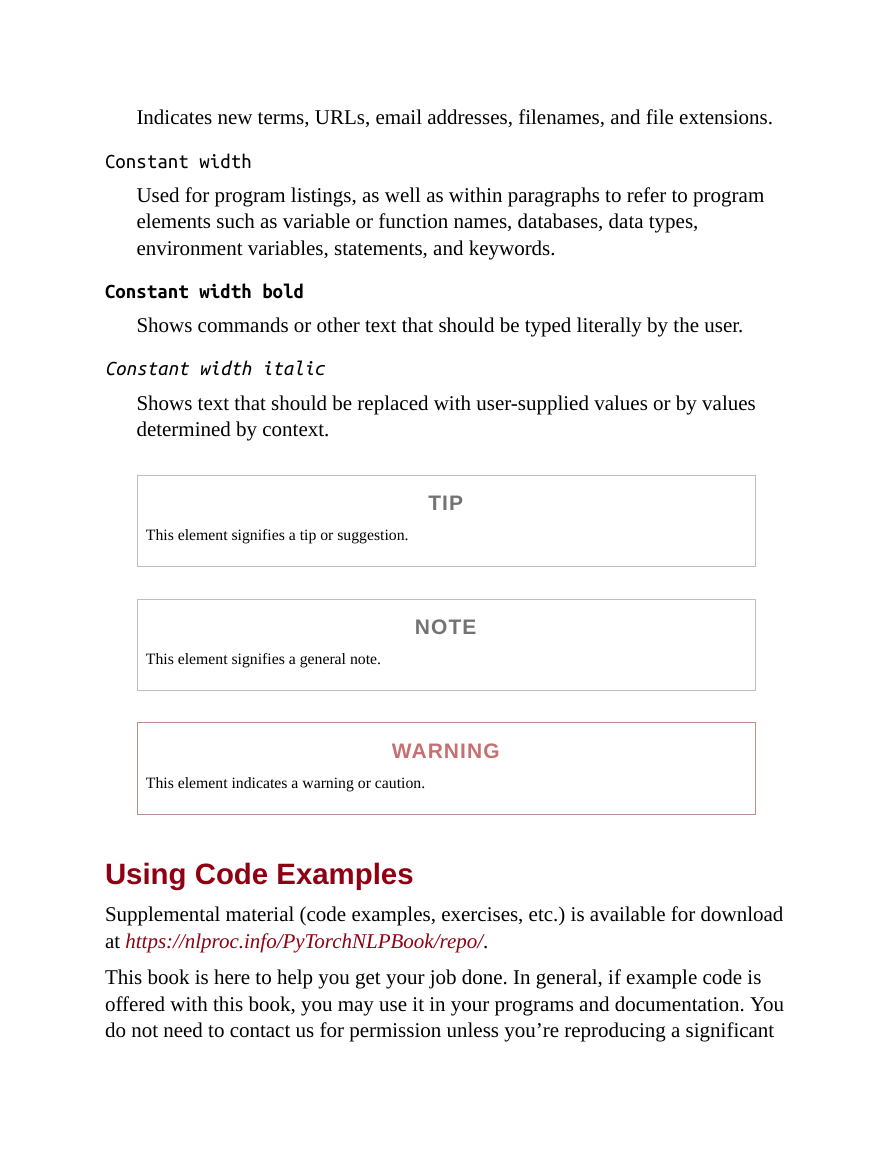

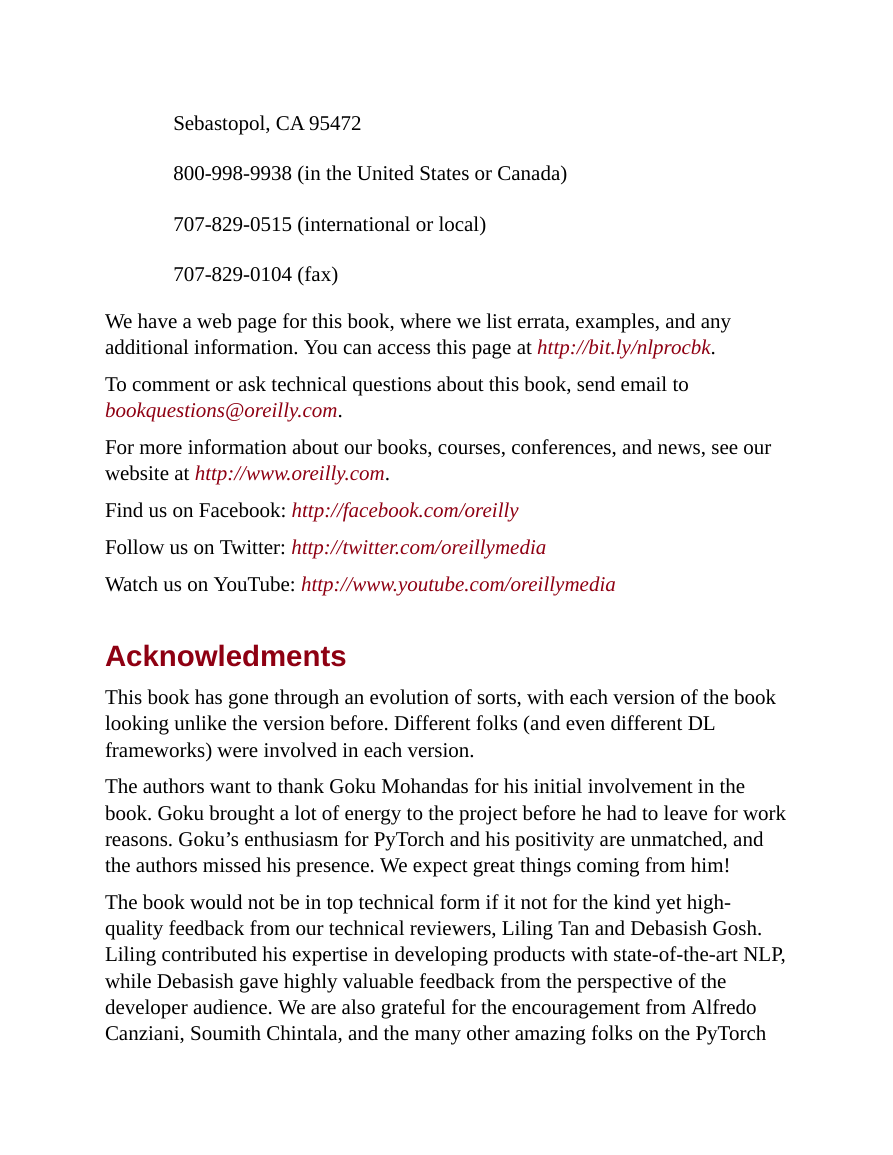








 2023年江西萍乡中考道德与法治真题及答案.doc
2023年江西萍乡中考道德与法治真题及答案.doc 2012年重庆南川中考生物真题及答案.doc
2012年重庆南川中考生物真题及答案.doc 2013年江西师范大学地理学综合及文艺理论基础考研真题.doc
2013年江西师范大学地理学综合及文艺理论基础考研真题.doc 2020年四川甘孜小升初语文真题及答案I卷.doc
2020年四川甘孜小升初语文真题及答案I卷.doc 2020年注册岩土工程师专业基础考试真题及答案.doc
2020年注册岩土工程师专业基础考试真题及答案.doc 2023-2024学年福建省厦门市九年级上学期数学月考试题及答案.doc
2023-2024学年福建省厦门市九年级上学期数学月考试题及答案.doc 2021-2022学年辽宁省沈阳市大东区九年级上学期语文期末试题及答案.doc
2021-2022学年辽宁省沈阳市大东区九年级上学期语文期末试题及答案.doc 2022-2023学年北京东城区初三第一学期物理期末试卷及答案.doc
2022-2023学年北京东城区初三第一学期物理期末试卷及答案.doc 2018上半年江西教师资格初中地理学科知识与教学能力真题及答案.doc
2018上半年江西教师资格初中地理学科知识与教学能力真题及答案.doc 2012年河北国家公务员申论考试真题及答案-省级.doc
2012年河北国家公务员申论考试真题及答案-省级.doc 2020-2021学年江苏省扬州市江都区邵樊片九年级上学期数学第一次质量检测试题及答案.doc
2020-2021学年江苏省扬州市江都区邵樊片九年级上学期数学第一次质量检测试题及答案.doc 2022下半年黑龙江教师资格证中学综合素质真题及答案.doc
2022下半年黑龙江教师资格证中学综合素质真题及答案.doc